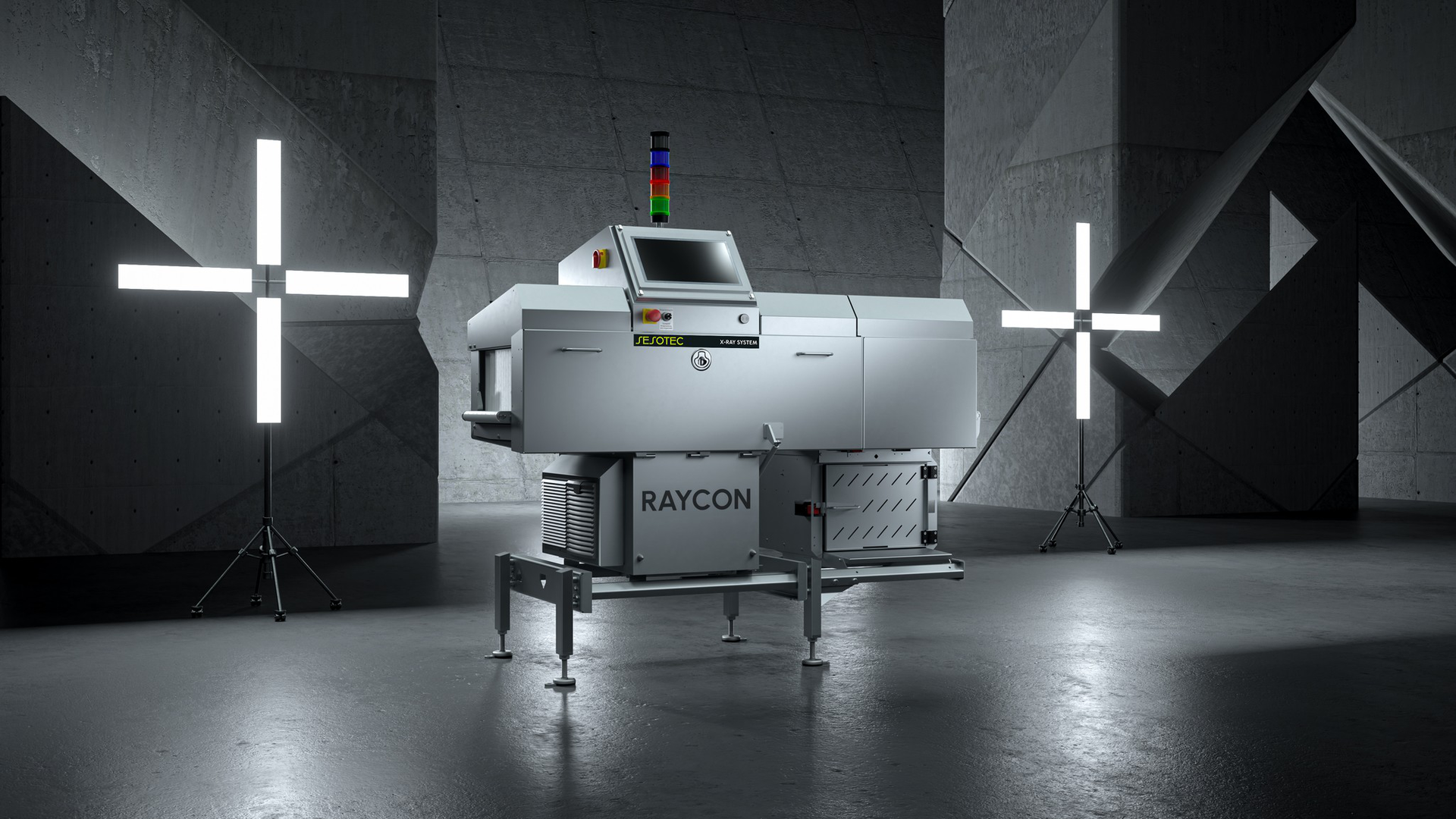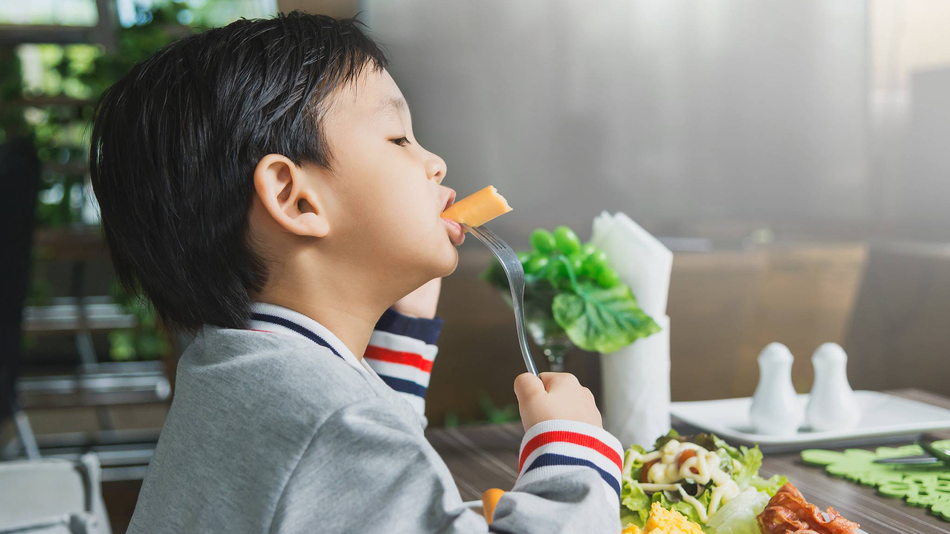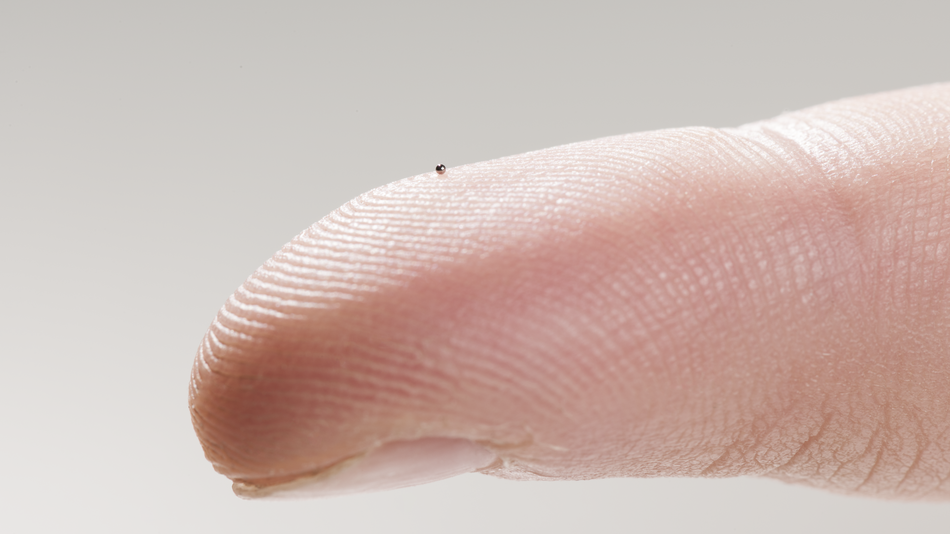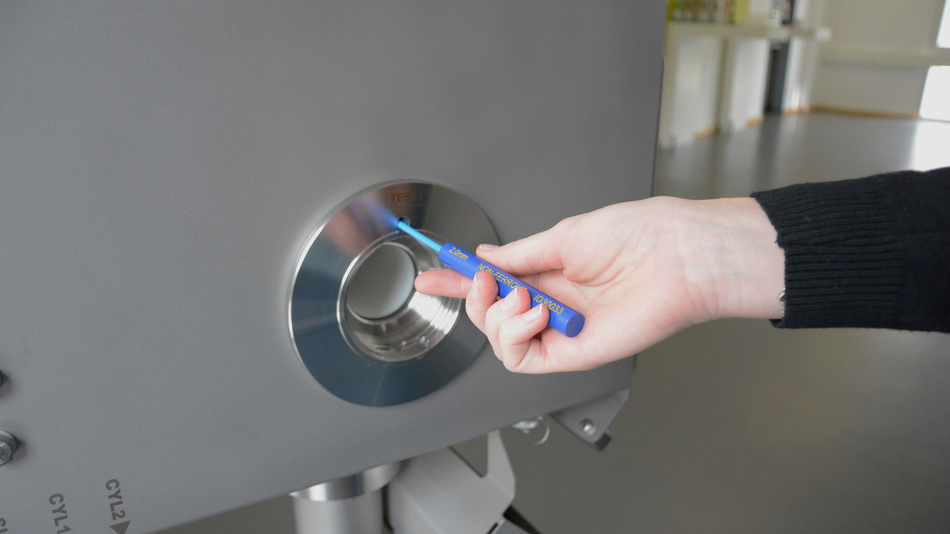
Compendium of Foreign Body Detection - PART 2
Why are X-ray scanners used for foreign body detection in food?
The product inspection has become an indispensable element of responsible food production and an integral part of an HACCP concept or a prerequisite for successful IFS certification.
The contamination of food with foreign bodies can lead to serious consequences for a company, because according to the Product Liability Act, every food manufacturer is liable for contamination of their product if a consumer is harmed as a result. To prevent this, devices for foreign body control are used. Metal detectors provide valuable assistance in detecting magnetic and non-magnetic metals, but they reach their limits with products packaged in metallized film, for example.
But contamination from glass, ceramics, stones, etc. (see below) is also a serious problem. For these applications, X-ray scanners for food are used. The Sesotec RAYCON devices also offer additional advantages over conventional metal detectors (and other X-ray systems available on the market). With the RAYCON, parallel inspection of two different products is possible. Rotated or overlapping products are also not a problem. In addition to contamination, product defects such as missing product components can also be detected.
How does an X-ray scanner work?
The X-ray radiation for "scanning" is generated by an electric X-ray tube. Above the conveyor belt is a line-shaped detector that measures the incoming radiation (see photo on the right). X-rays are very high-energy and thus capable of penetrating solid objects. Depending on the density of the object being examined, the rays are attenuated more (high density) or less (low density) as they pass through the product. The remaining radiation is converted by the detector into an electrical signal. This allows differences in the density of the examined object to be visually represented. The higher the density of a material, the darker it appears on the X-ray image, and vice versa. The image processing software detects the contrast differences in the image, marks the foreign bodies or missing products, and outputs a corresponding signal.
Which foreign bodies can be detected by X-ray systems?
In principle, all foreign bodies that significantly differ in density from the product to be examined can be detected with X-ray systems. These are usually metals such as steel and stainless steel, but also glass, sandstone, quartz, slate, and many more. Additionally, the Sesotec RAYCON devices detect foreign bodies that contain higher-value elements. These include, for example, PVC, PTFE, raw bones, and salt lumps. A special feature of the X-ray devices is that, in addition to contaminants, other product defects can also be detected. Missing products in packaging, unwanted air bubbles, overweight or underweight, broken products, shape deviations, and even incorrect positioning of individual components can be partially detected. This not only guarantees product purity but also enhances the quality of the final product.
Application examples of the Sesotec RAYCON systems:
- Confectionery and cereal industry
- Meat and sausage products
- Dairy products
- Canned food industry
- Bakery products
- Baby food
However, even X-ray technology cannot detect all foreign bodies. The detection of thin films, insects or mollusks, hair, wood, fibers and textiles, as well as plastics that consist only of hydrocarbons (PP, PA, PC, etc.), is not possible.
Are X-rays dangerous for the product or operating personnel?
X-rays are among the types of ionizing radiation. If used improperly, they can pose a danger to people and their surroundings. However, the potential hazard depends on the energy and dose of the radiation. Since the production and processing of food naturally represent a highly sensitive environment, the European Union has adopted its own directive 1999/2+3 EC on the use of X-ray-based inspection systems to ensure 100% safety of the examined products:
"Food may be examined with X-ray radiation if the absorbed dose [...] does not exceed 0.5 Gy at a maximum radiation energy of 10 MeV."
The X-ray devices of the RAYCON series from Sesotec are designed to operate well below the permissible legal limits. For comparison: The maximum permissible X-ray voltage for the examination of food is 10 MeV (Mega-electron volts) = 10,000 keV (Kilo-electron volts). Sesotec RAYCON systems operate at a maximum of 80 keV (125 times less than allowed). Additionally, we ensure completely safe use of our X-ray devices in product inspection in the food sector with further safety aspects:
- We only use low-energy, soft X-ray radiation
- The X-ray voltage and current are individually adjusted for each product
- The X-ray tube is hermetically shielded
- All radiation protection covers are monitored with safety switches
- The X-ray radiation can only be activated when the device is functioning properly
It is also important for users of X-ray inspection systems that the maximum allowable X-ray radiation outside the device is 0.5 μSv/h. Sesotec RAYCON systems cause less than 0.2 μSv/h of radiation here.
This makes the operation of Sesotec devices completely safe.
Explore the four parts of our compendium.

PART 1
Basics of Metal Detection
This chapter provides an overview of the role and effectiveness of industrial metal detectors in the food industry.

PART 3
HACCP in the Food Industry
This chapter explains at which points in the production cycle quality assurance measures should be implemented.

PART 4
Testing Contaminant Detectors According to BRC Standards
This guide explains how and when to test the performance of your inspection technology.

